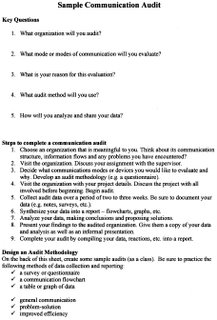Week Five: Organizational Culture Theory
We now delve deeper into some alternative theories used to explain organizational behavior. Culture is a key metaphor used often in today's world. "Culture," as applied to organizational communication, is "more fluid and capable of explaining behavior that seem[s] to be irrational yet [i]s deeply rooted" (Modaff and DeWine 81). In other words, "culture" encapsulates elements of organizational life that escape classical, humanistic and systems approaches. "[A] culture provides a lens through which its members interpret, interact with, and make sense of reality" (Louis qtd. in Modaff and DeWine 83). It explains how organizational members think, feel, talk and act with relation to the organization(s).
Culture can be thought of in two very distinct ways. The first is as a phenomenon. In this case, "culture is something the organization has" (Smircich qtd. in Modaff and DeWine 85). This means that the culture of an organization changes; it is dependent upon the behaviors, attitudes and practices of its members. However, organizational culture can also be thought of as a root metaphor. This means that culture is "something the organization is" (Smircich qtd. in Modaff and DeWine 87). From this perspective, organizational culture is not so easy to change and often determines how members behave. While it is indisputable that "culture" is something that is shared among members, organizations can have multiple subcultures or countercultures that make up the larger group. This can lead to conflicts and misunderstandings, primarily in the realm of communication.
"The Office" is a great example illustrative of the many conflicting cultures existing in one small work-space.
- JOURNAL 5 -
Post an example of a work-related problem generated by conflicting cultures. Think about the different goals, values and work styles that make up the organzations you join.




